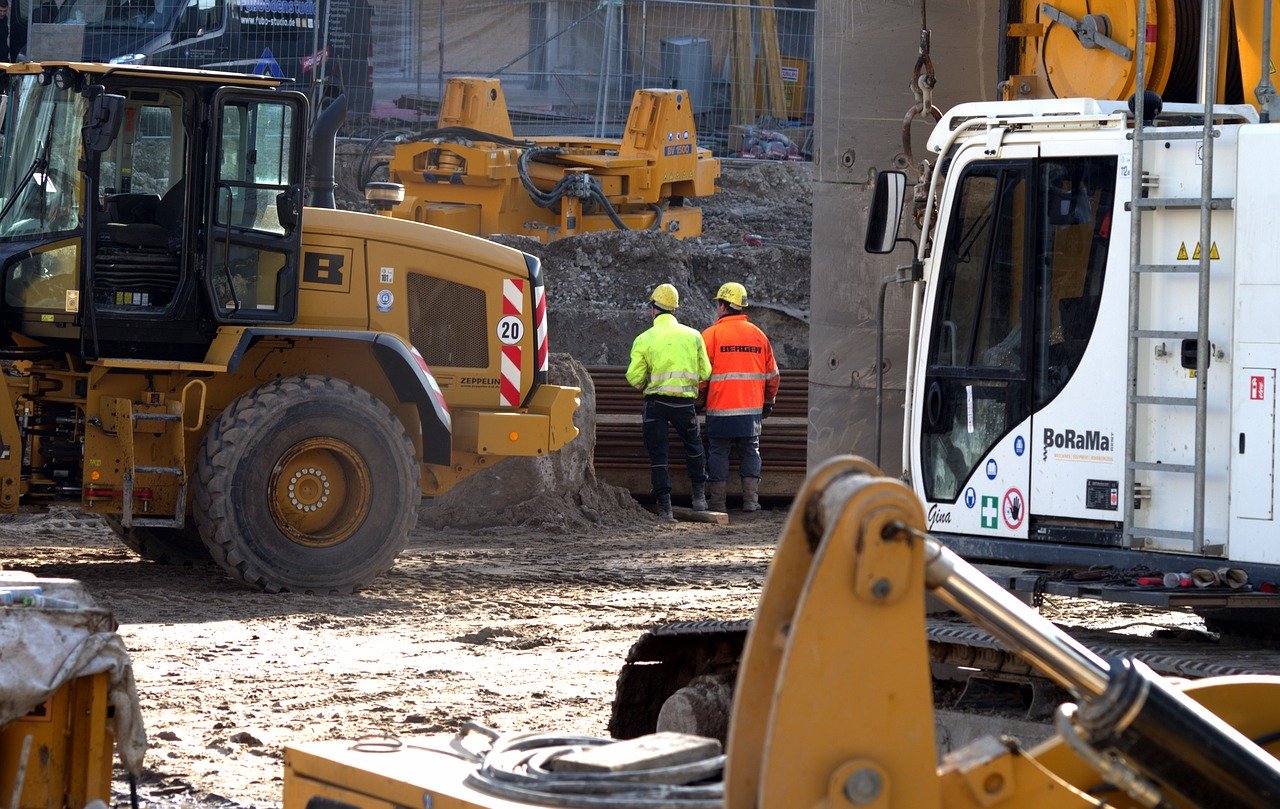Project planning and execution play two equally important roles in the success of any project in construction. Whether the project is of small or large scope, production control is a necessity which ensures that people meet milestones according to the pre-set timeline.
As you know, in construction projects, there are plenty of task dependencies, and projects often have to be taken in alternative paths so that tasks can be completed and goals achieved.
What if there was a system in place that brings all business processes, project manager, department leaders, and available tools to one place? This system, collaborative in nature, would allow project managers to meet the deadlines, and increase efficiency during all phases of the project.
This system exists, and it’s labeled as the Last Planner® System. Let’s see what it stands for and how it can transform project management in the construction industry.
What Is The Last Planner System®?
The Last Planner® System of Production Control was brought to us by the Lean Construction Institute, and it is a registered trademark. It’s designed as a planning system to help managers with production control on complex projects with a lot of task dependencies and strict deadlines.
Thus, in its essence, the Last Planner® System: improves communication, helps in identifying and overcoming bottlenecks, allows everyone on board to be on top of details, and introduces commitment-based planning. The case study confirms the benefits of implementing the Last Planner® in construction project management.
In other words, the Last Planner methodology focuses on lean project management execution – deliver more value and achieve goals with less wasted resources and assets. The system has five parts conveniently divided into two categories “As Needed” and “Weekly”.
Master Planning and Phase Planning encompass processes needed for the successful completion of the project.
Master Planning
Master Planning is the first thing to be done. During this phase, the most important things about the project are planned:
- Milestones – the completion dates for each project phase are established
- Master schedule – each task and milestone gets attached to a specific date in the schedule
- Promises of a project – clearly defined goals of a project
Who is involved in the master and phase planning phases? The term is “last planners”. But who are the last planners? The last planners are people on the team appointed to take care of work assignments.
They also include people who have to make sure that everyone has access to enough materials, equipment, and information.
Phase Planning
Phase planning is the next step in the Last Planner® System. During this phase, the processes have to be clearly defined. This is usually done a couple of months before the project execution starts. The number of tasks and the paperwork depends on the project complexity.
Finally, this phase results in an accurate workflow schedule and execution plan devised by all the last planners. The nature of doing things during this phase reflects the principles of pull planning, which we will address in detail later on.
Make-Ready Planning
The thirds phase “Make-Ready Planning” ensures that all the planned work can be done. Every task planned during phase planning gets reviewed by last planners. They look for possible constraints and solutions so that the project can continue without hitting any unforeseen obstacles. These obstacles include:
- Equipment access
- Labor and material availability
- Possible construction documents conflicts
- Required permits
If the obstacles get identified, each responsible last planner has to remove it and specify the date of when the obstacle is going to be removed. This ensures there are no breakdowns in the project workflow once it starts. We are going to come back to it in the “What’s a Constraint Log” Section.
During the Make-Ready Planning phase, teams make a “look ahead” plan to stay focused on the tasks that need to be made ready before anyone begins to work on them.
Weekly Work Planning
During the fourth phase, named “Weekly Work Planning”, all last planners have to review the tasks specified during phase planning and prepare a Weekly Work Plan. Each team gets appointed to tasks which have to be completed during the following week.
Learning
Since this is a lean project concept, with the fifth phase “Learning”, Last Planner® System ensures that everyone stays on top of the latest developments and information. Last Planner® System provides two learning opportunities:
- Daily coordination meetings – where last planners meet up to report whether their teams have accomplished the work planned for the day. If there is still work to be done, the last planners come up with daily adjustments to get back on the planned project execution timeline.
- Analysis of key metrics – assessing the project plan and execution via relevant key metrics is also an actionable and valuable learning opportunity. The following 3 key metrics are commonly considered:
Percent Plan Complete – the percentage of completed weekly planned tasks.
Tasks Made Ready – the percentage of outlined tasks in the phase planning that are ready to begin as initially planned.
Tasks Anticipated – identify the tasks in a weekly plan that are also in the look-ahead plan, so that necessary work can be done to get them ready for execution.
Last Planner® System Implementation in Construction
To successfully implement the Last Planner® System in construction, you will have to abandon the principles of your current project management practices. It simply won’t work in a traditional command and control environment. Managers, team leaders, and laborers have to become coaches.
On top of that, everyone on the construction site has to contribute to planning and learning, especially those appointed to last planner positions.
Implementing lean project management is not easy, especially when it is structured like the Last Planner® System is. It will require some time and practice to get there, and the best way to do it is to start by facilitating collaboration and work your way from there.
Last Planner System® With Pull Planning
Pull planning is an important concept introduced by the Last Planner® System in the “Phase planning” phase. Pull planning promotes collaboration between all the last planners.
In other words, all experts responsible for supervising work have to sit down and, in a collaborative manner, address every phase in terms of the most optimal assets and resources to be used in its completion.
What’s Pull Planning in Construction
Pull planning plays a vital role in construction management. And, might we say, it fits perfectly with the nature of a construction project. It refers to working on construction projects in reverse order. This means that the collaborative team of last planners start with the end goal of the project.
They review each milestone in a backward fashion and lay out the clearly-defined workflow of the construction project plan, or in other words, a workflow of the pull plan.
What’s Reverse Phase Scheduling
Reverse phase scheduling is one of the concepts of pull planning. It encompasses numerous actions ranging from:
- Isolating phases defined during the “Master schedule” phase.
- Adding details to each phase by working backward from a defined milestone and creating the reverse phase schedule.
- Adding details from the reverse phase to a look ahead schedule.
- Using this information to devise an informative and accurate weekly work plan.
What’s a Constraint Log
The Constraint Log is the document that has to be created and updated during the “Make-Ready Planning” phase of the Last Planner® System. The Constraint Log contains:
- All identified constraints that can cause a project workflow breakdown
- Who is responsible for removing a specific constraint
- The date by which the constraint will be removed
As you can see, using the Last Planner® System in construction ensures that construction project runs smoothly and gets finished before the deadline. Since it is based on lean management, the Last Planner® System emphasizes collaboration, communication, and commitment.




